These results show that the injection periods become longer for the polymer fuels in comparison with that for heavy oil A because of the higher viscosity of the polymer fuels. The results also show that pressure rises in the combustion chamber are more gradual and the peak pressures are lower than heavy oil.
Figure 15 shows the effect of the viscosity of the polymer fuel on peak pressure in the combustion chamber. The result shows that lower peak pressures are obtained using the higher viscosity polymer fuels. Also from these results it can be seen that the combustion of the high viscosity polymer fuels proceeds more gradually than that of heavy oil A, which seems to reduce combustion noise. It is suggested that there is potential for increasing the compression ratio of the diesel engine in order to accelerate combustion and increase the thermal efficiency for operating with polymer fuels.
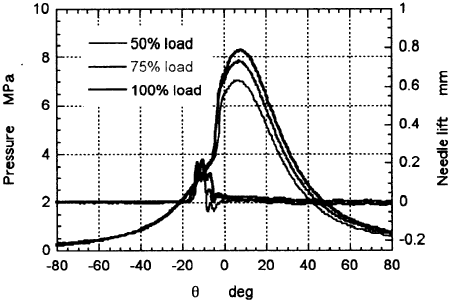
Fig. 11 The pressure history and the needle lift for heavy oil A
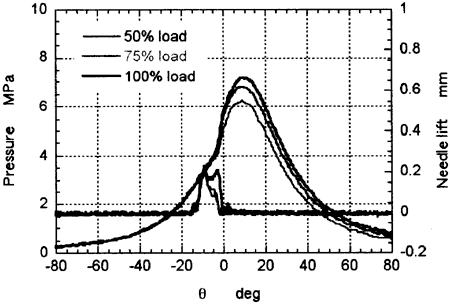
Fig. 12 The pressure history and the needle lift for the 5% PE2 fuel
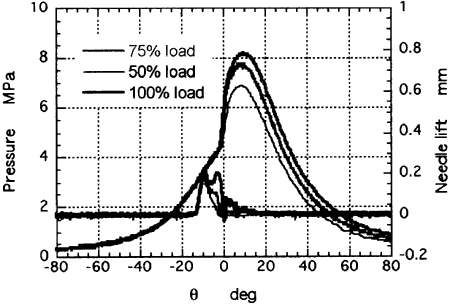
Fig. 13 The pressure history and the needle lift for the 25% PP1 fuel
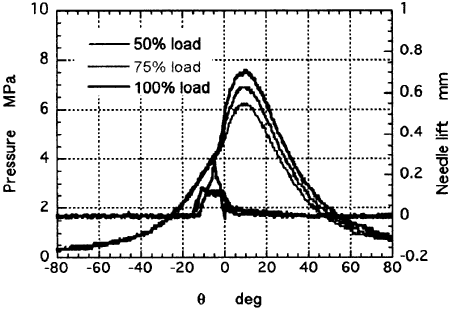
Fig. 14 The pressure history and the needle lift for the 5% PP2 fuel
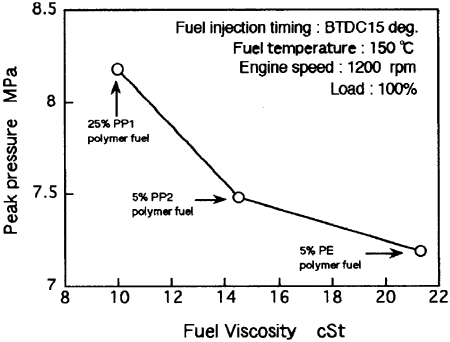
Fig. 15 The effect of the viscosity of the polymer fuel on the peak pressure in the combustion chamber
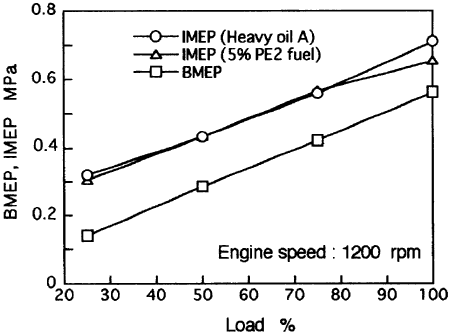
Fig. 16 Brake mean effective pressure and indicated mean effective pressures
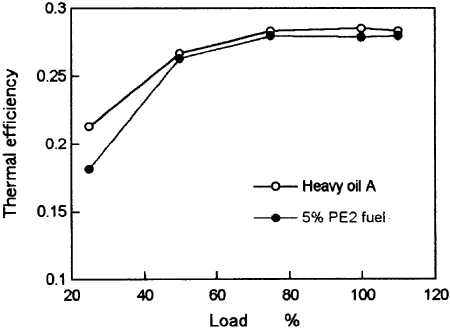
Fig. 17 The thermal efficiency
BACK CONTENTS NEXT